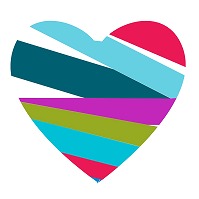TW saneism, ableism

There is one well-known tenet in the BDSM and kink world – all parties must give consent. That said, there are a few different ideas around that consent. Two ways of talking about it are SSC and RACK. Today, we’re gonna look at both.
Definitions
Safe, Sane, Consensual (SSC)
SSC is a long-standing term within kink communities. It means that acts should be safe, agreed to under a ‘sane’ frame of mind, and obviously should be consensual. The term came about in the early 1980s from the S&M scene’s David Stein.
Risk-Aware Consensual Kink
This term from the late 1990s came from Gary Switch who wanted to have a more fitting acronym for kink play. The idea of replacing safe with risk-aware acknowledges that safety is almost never ensured in anything we do. Instead, we should be aware of the risks before engaging in an activity. This is also why I’ve started to call ‘safe’ sex risk-aware sex instead. It’s just more accurate.
Other terms you might see:
- Committed, Compassionate, Consensual (CCC)
- Personal Responsibility, Informed Consensual Kink (PRICK)
- Communities may also have their own terms
Each of these alternate terms remove some of the stigma SSC was meant to fight without making false claims about safety. They also remove the ableist component present in SSC.
SSC is Ableist
I’m not sane. My depression, anxiety, and PTSD ensure that. There is no condition I will ever be in that makes me sane in body or mind. As someone who engages in kink to help my chronic pain and PTSD, I need a community that uses a more accurate and compassionate term.
I hesitate to think who I would be without my chronic pain or mental health issues. What I can say is I’d likely not be involved in kink. I’m definitely not alone in that.
We’ve all grown so much since SSC came about. Hell, I wasn’t even born! We should be growing the terms we use for our communities, too. In an age where we’re focused on highlighting marginalized voices, can we really afford alienating some because we don’t want to use a new term? I don’t think so.





